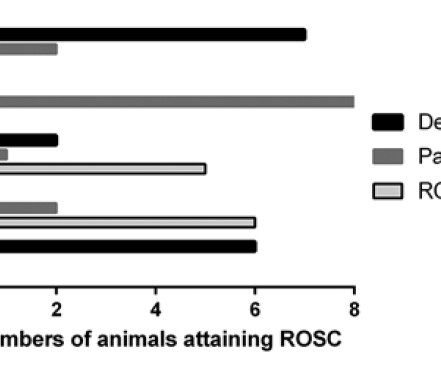Electrical injuries
Don't Forget the Bubbles
OCTOBER 7, 2024
Was the patient thrown from the source (suggestive of DC shock and may result in further blunt force trauma)? Children, especially toddlers, may insert objects into outlets, leading to shocks or burns. Electrical devices used near water sources can cause severe shocks. Was the voltage high or low (as below)?


























Let's personalize your content